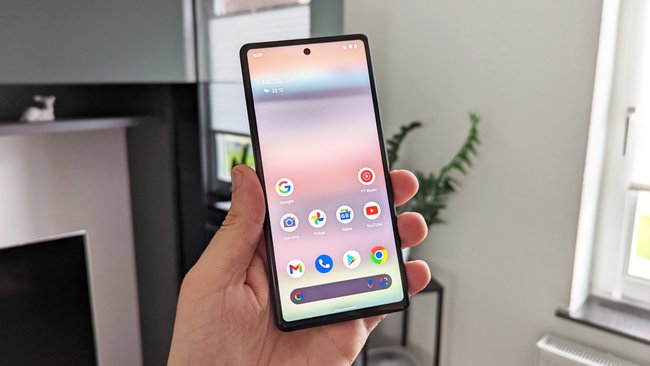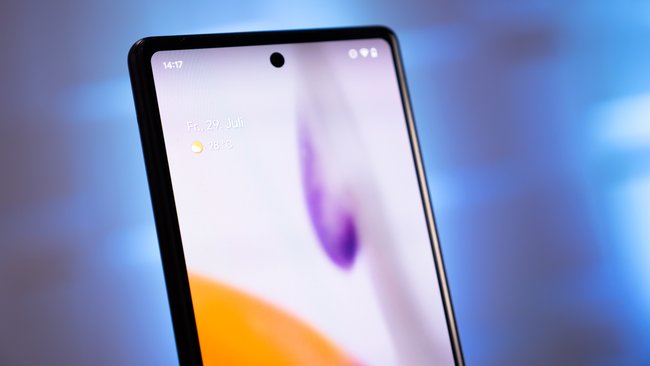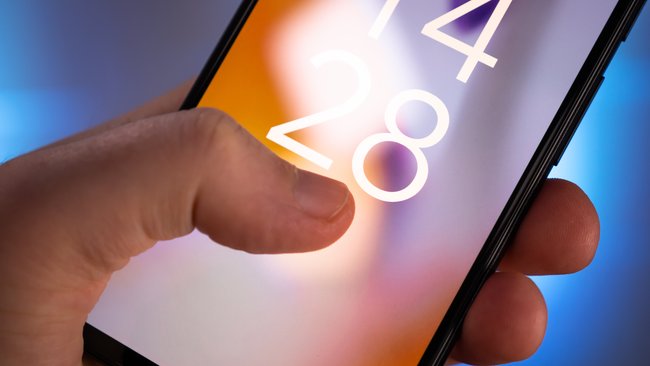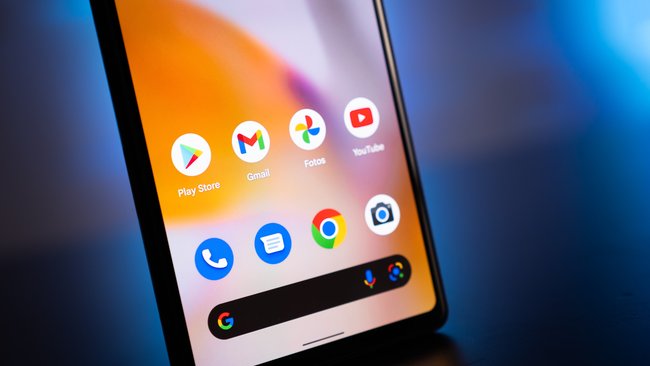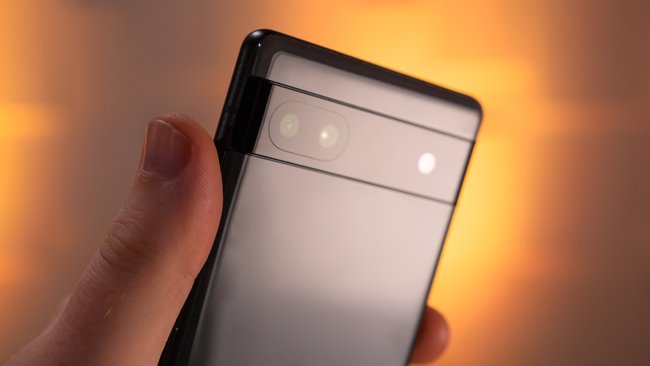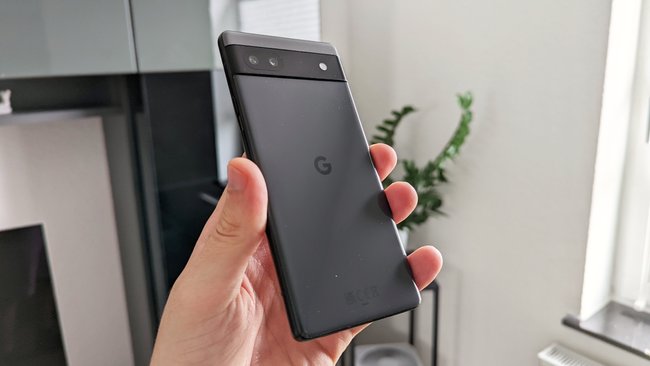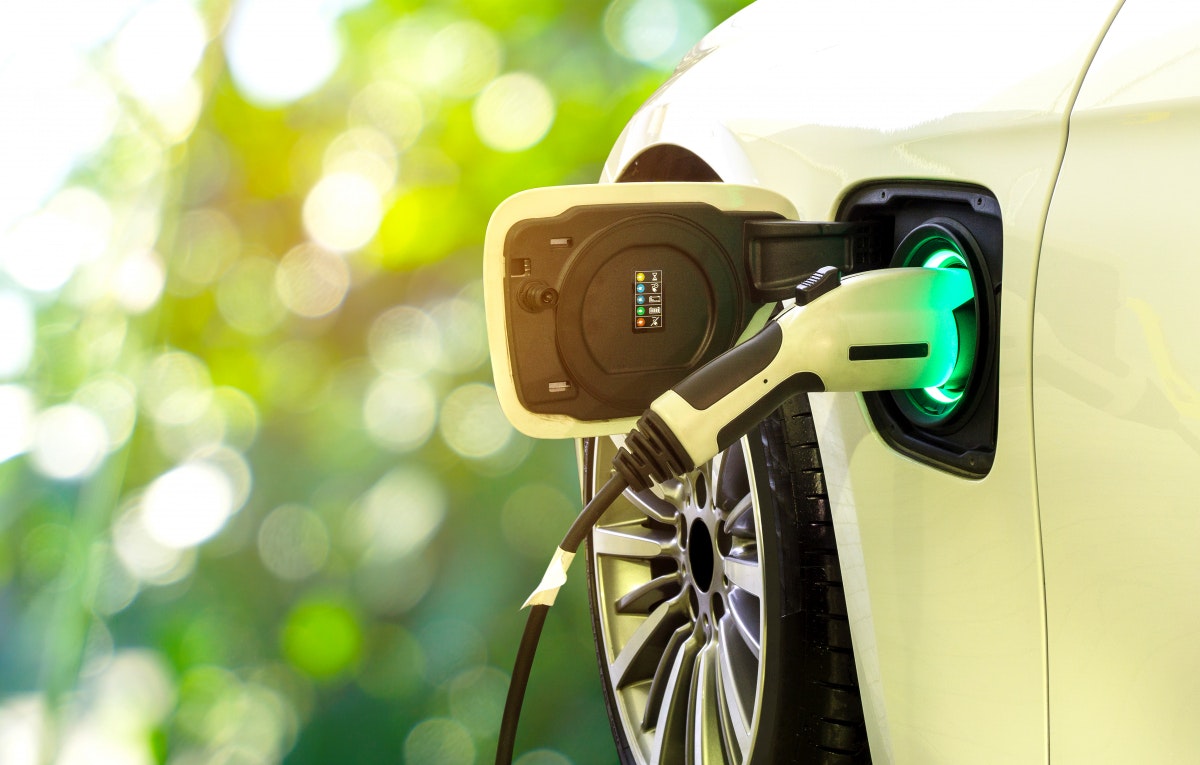Saved in the wrong place
With the Pixel 6a, Google is pushing a cheaper smartphone after the Pixel 6 and Pixel 6 Pro have been available for longer. It is the cheapest model and should roll up the middle class. Basically, it works pretty well if Google hadn’t followed the wrong example in one detail. I’ll tell you how the Pixel 6a fared in my everyday life in the test report.
Contents
Google Pixel 6a in the test: conclusion
GIGA rating: 7.8/10
In my opinion, Google has it The huge potential of the Pixel 6a has not been fully exploited, as it should have been exhausted in a perfect world. The 60 Hz display in particular hangs on the smartphone like a block on its leg. The smartphone works extremely fast, but you just don’t see it because the content isn’t displayed that smoothly.
What convinced me about the Pixel 6a was the great form factor, the high performance, good camera, unique software features and the not too high price. Nevertheless, I hope that this will drop further in the near future in order to be able to compensate for the 60 Hz display. For me, this cell phone with a 120 Hz display and wireless charging function would be a revolution in this price segment. Maybe that will work with the Pixel 7a.
Advantages:
- form factor
- performance
- software
- camera
- IP67 certification
- Update Guarantee
Disadvantages:
- 60Hz display
- No power adapter included
Size is ideal
From the first contact, it was clear to me that the The size and weight of this smartphone are optimal. The Pixel 6 and Pixel 6 Pro are very large and heavy. In comparison, the Pixel 6a looks incredibly light and small – but it really isn’t. A 6.1-inch screen that is not too small is also installed here, which is also framed with relatively thick edges. Google could have solved this better. Nevertheless, it can be operated comfortably with one hand.
The Pixel 6a, like the Pixel 5, is optimal for me in terms of size. It lies wonderfully in the hand, feels valuable, still has its own look and is definitely noticeable with the thick camera bar on the back. Compared to the Pixel 6 Pro, however, the camera bar does not protrude as much. Overall, it’s just a lot more compact, but still big enough not to look too small.
Display only with 60 Hertz
As much as I love the Pixel 6a’s form factor, the more I’m disappointed by the display. Why only 60 Hz? Because the iPhone 13 only works at 60 Hz? To differentiate itself from the Pixel 6’s 90Hz display? 60 Hz on Android is not 60 Hz on an iPhone. An iPhone with a 60Hz display runs much smoother than any Android phone in the world with a 60Hz display. It should have been at least 90 Hz, better still 120 Hz. At a price of 459 euros, that should be possible. Samsung and Xiaomi are putting 120Hz displays in much cheaper phones.
That’s also the only major criticism I have of the Pixel 6a’s display. The flat screen has a high enough resolution, the colors look great and the brightness is also sufficient to be able to read the display well outdoors. The fingerprint sensor in the display works quite well, but in my opinion it is hardly faster than the Pixel 6 Pro. Maybe minimal, but I often have the same problems with the smartphone not unlocking or just being delayed. This definitely needs to be improved.
performance at a high level
Although the Pixel 6a only costs 459 euros, it uses the same high-end Tensor chip as the Pixel 6 Pro. That So the Google cell phone has the same power available and you can feel that too. Apps and games launch quickly. In general, it is a very fast mobile phone. It’s just a shame that you often don’t see that. The 60 Hz display makes everything seem unnecessarily slower. Despite the Pixel 6a having so much power at its disposal, it still feels like a $150 phone in use, scrolling through websites and the like.
Games like Diablo Immortal run smoothly on the Pixel 6a. However, as with the Pixel 6 Pro, I noticed greater heat development. Nothing to worry about, but you realize you’re playing a challenging game.
All the software tricks from big brothers
You won’t notice any difference between the Pixel 6 devices purely in terms of software. That Pixel 6a has all the tricks that its bigger and more expensive brothers can do. And that’s exactly how it has to be. There is a smartphone series and hardly any differences. If you are interested in the software possibilities of the Pixel 6a, I would like to refer you to the software part of the Pixel 6 Pro review. There I went into detail about all the skills:
You can also check out the Pixel 6 video:
Good old camera
While the more expensive Pixel 6 phones have received new camera sensors, you’re getting the Pixel 6a the good old 12 MP camera that we already know from its many predecessors. And although the camera is technically so old, it never fails to impress. The software simply gets a lot out of it. The only sticking point is the missing zoom lens. Otherwise, the camera of the Pixel 6a is one of the best in the price range on the market. Below are some pictures I took in different situations:
Battery life could be longer
I’m a little conflicted about the battery life of the Pixel 6a. I create a little over a day with normal use and have a small buffer left. That’s absolutely okay, but also not really great. At 4,306 mAh, the battery is also “relatively” small for the middle class. The competition uses at least 4,500 mAh, Samsung in the Galaxy A53 (test) even significantly more with 5,000 mAh. In combination with the somewhat more frugal processors, runtimes of up to two days are achieved, which I actually expect from a mid-range device.
In addition, that Pixel 6a is relatively slow to recharge. The battery only fills up with 18 watts. It doesn’t work wirelessly at all. Well, that’s not standard either, but it’s still a shame. Google could have stood out with that. A power supply is not included in the scope of delivery. You get the cable and an adapter.
ratings in detail
| category | Rating (max. 10) |
| sustainability | 8th |
| Processing, haptics and design | 8th |
| screen | 6 |
| cameras | 8th |
| software | 9 |
| performance | 9 |
| telephony and audio | 8th |
| Storage | 8th |
| Battery and everyday life | 7 |
| In total | 7.8 |
Note: The “Sustainability” category counts for 10 percent of the overall grade.


